今日から、日々の開発日誌を記述していきたいと思います。皆さんの参考になれば幸いです。
目次
初期設定
STEP
使用パッケージの選択
今回は、下記のパッケージを使用します。
- flutter_hooks:一つのWidget内でStateを管理するのに便利
- hooks_riverpod:hooksとRiverPodの両方を使用できる
- dio:http通信を行うためのパッケージ(httpパッケージよりも便利?)
- go_router:ルーティングを管理するパッケージ
- freezed:イミュータブルなモデルクラスを管理するパッケージ
- json_serializable:jsonを変換するためのパッケージ
- flutter_state_notifier:状態管理のためのパッケージ(RiverPodで使用)
- build_runner:コード自動生成のためのパッケージ(dev_dependenciesにインストール)
- freezed_annotation:freezedを使用するためのパッケージ
STEP
使用パッケージのインストール
下記コマンドをひとつずつ実行して、パッケージをインストールします。
下記コマンドを一つずつ実行してください。
flutter pub add flutter_hooks
flutter pub add hooks_riverpod
flutter pub add dio
flutter pub add go_router
flutter pub add freezed
flutter pub add json_serializable
flutter pub add flutter_state_notifier
flutter pub add --dev build_runner
flutter pub add --dev freezed_annotationパッケージのインストールや使用方法の詳細は、「Flutterのパッケージ使用方法」を参照してください。
STEP
ディレクトリの作成
下記のようなディレクトリをlibディレクトリの直下に作成します。
- models:モデル用のディレクトリ
- providers:Provider保存用のディレクトリ
- views:画面表示UI用のディレクトリ
STEP
main.dartの修正
main.dartをRiverpodを使えるように下記のように修正し、とりあえず、Hello Worldを表示します。
app/main.dart
import 'package:flutter/material.dart';
import 'package:hooks_riverpod/hooks_riverpod.dart';
void main() {
runApp(const ProviderScope(child: MyApp()));
}
class MyApp extends HookConsumerWidget {
const MyApp({super.key});
@override
Widget build(BuildContext context, WidgetRef ref) {
return MaterialApp(
title: 'Alcomate',
debugShowCheckedModeBanner: false,
theme: ThemeData(
primarySwatch: Colors.blue,
),
home: Scaffold(
appBar: AppBar(
title: const Text('Alcomate'),
),
body: const Center(
child: Text('Hello World'),
),
),
);
}
}main.phpの解説
- 4〜6行目:これは、Flutterアプリケーションのエントリーポイントです。
- runApp関数は、アプリケーションのルートウィジェットを定義します。
- ProviderScopeはhooks_riverpodパッケージの一部で、アプリケーションのトップレベルに配置されます。これにより、アプリ全体でRiverpodのプロバイダを利用できます。
- MyAppクラスは、アプリケーションのメインウィジェットです。
- 8〜29行目:MyAppはHookConsumerWidgetを継承しており、これによりRiverPodの状態管理とHooksの機能を利用できます。
- 13〜27行目:MaterialAppはマテリアルデザインアプリのルートウィジェットです。
- titleはアプリケーションのタイトルを設定します。
- 15行目:デバッグバナーを非表示にします。
- 16〜18行目:themeでアプリの基本テーマを設定します。ここでは、プライマリカラーにブルーを使用しています。
- 19〜26行目:homeプロパティは、アプリのホームスクリーンを定義します。
- Scaffoldはマテリアルデザインのレイアウト構造を提供します。
- appBarにはアプリバー(ヘッダー部分)が含まれ、アプリのタイトルが表示されます。
- bodyはアプリのメインコンテンツを含みます。ここでは、Center ウィジェットを使用して中央に Text ウィジェットを配置しています。これにより画面中央に「Hello World」というテキストが表示されます。
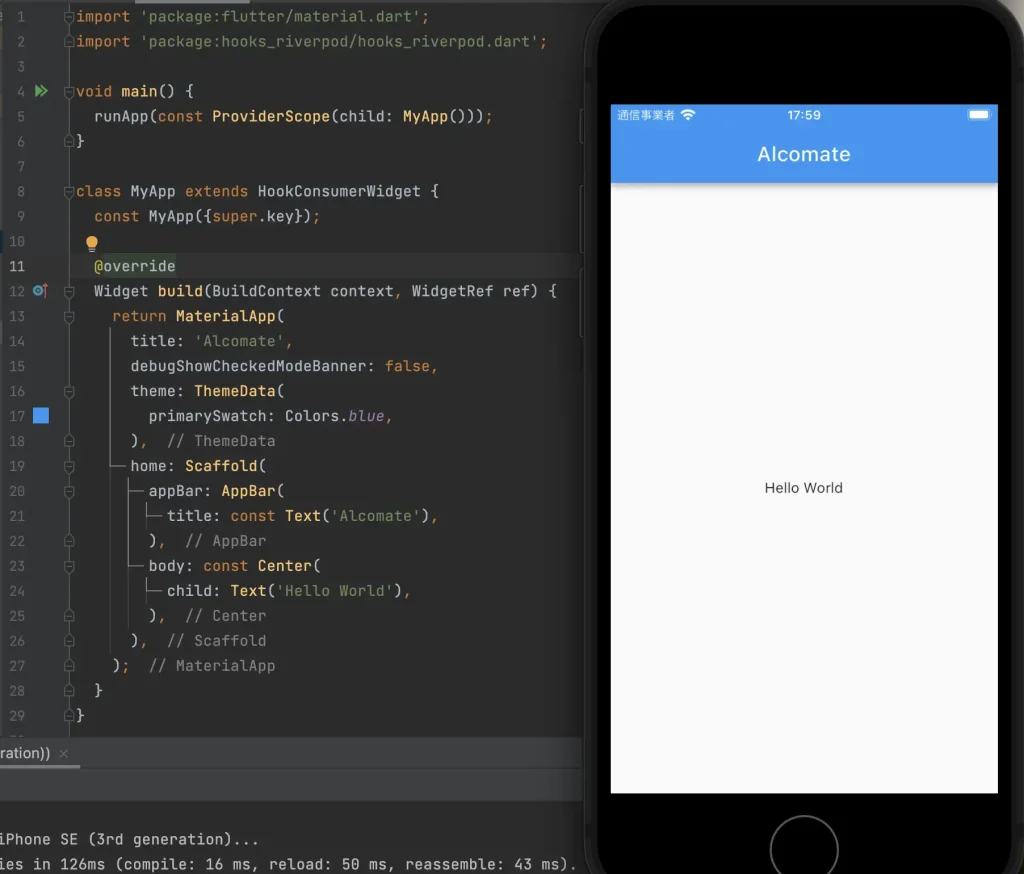
STEP
assetsの設定
ルートにassetsディレクトリを作成し、その中のimagesディレクトリを作成します。
pubspec.yamlに作成したディレクトリを登録します。
flutter:
assets:
- assets/images/STEP
ロゴ画像の保存と表示
上記で作成したimagesディレクトリにロゴ画像を保存します。
下記コードでロゴを表示します。
Padding(
padding: const EdgeInsets.symmetric(vertical: 20.0),
child: SizedBox(
width: 150.0,
height: 150.0,
child: Image.asset('assets/images/winroad_blue_logo.png'),
),
),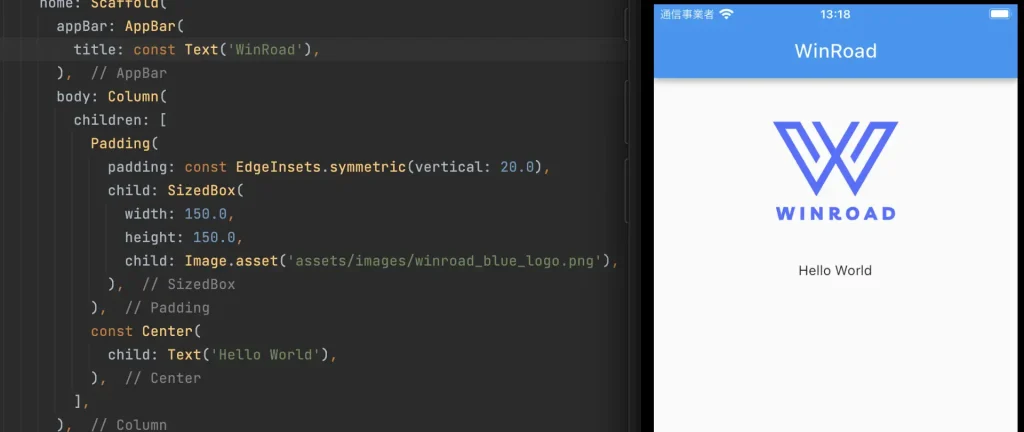
ログインUIの作成
次に、ログイン用のUIを作成します。
STEP
TextFieldの追加
TextFieldを2つ並べます。
lib/views/login_page.dart
// 省略
Column(
children: [
TextField(
decoration: InputDecoration(
labelText: 'Email',
),
),
TextField(
decoration: InputDecoration(
labelText: 'Password',
),
obscureText: true,
),
],
),
// 省略STEP
Elevatedボタンの追加
データ送信用のElevatedButtonをTextFieldの下に追加します。
// 省略
ElevatedButton(
child: Text('Login'),
onPressed: () {
// ボタンタップ時の処理
},
),
// 省略STEP
Formウィジェットでラッピング
上記のTextFieldとElevatedButtonをFormウィジェットでラッピングします。
// 省略
final _formKey = GlobalKey<FormState>();
// 省略
Form(
key: _formKey,
child: Column(
children: [
TextField(
// 省略
),
TextField(
// 省略
),
ElevatedButton(
// 省略
),
],
),
),
// 省略- FormStateのグローバルキー _formKey を定義
- Formのkeyプロパティに _formKey を設定
このように設定することで、後から _formKey.currentState などでForm全体にアクセスできるようになります。
バリデーション成功可否のチェックやonSavedメソッドの実行などに活用できます。
STEP
ログインUIの完成
下記のようにレイアウトを若干修正して、ログインUIが完成しました。
lib/views/login_page.dart
import 'package:flutter/material.dart';
import 'package:hooks_riverpod/hooks_riverpod.dart';
class LoginPage extends HookConsumerWidget {
LoginPage({Key? key}) : super(key: key);
final TextEditingController emailController = TextEditingController();
final TextEditingController passwordController = TextEditingController();
final _formKey = GlobalKey<FormState>();
@override
Widget build(BuildContext context, WidgetRef ref) {
return Scaffold(
body: Column(
children: [
Padding(
padding: const EdgeInsets.symmetric(vertical: 20.0),
child: SizedBox(
width: 150.0,
height: 150.0,
child: Image.asset('assets/images/winroad_blue_logo.png'),
),
),
Form(
key: _formKey,
child: Card(
elevation: 4.0,
color: Colors.white,
margin: const EdgeInsets.only(right: 30, left: 30),
shape: RoundedRectangleBorder(
borderRadius: BorderRadius.circular(15)),
child: Padding(
padding: const EdgeInsets.all(24.0),
child: Column(
mainAxisAlignment: MainAxisAlignment.center,
children: [
TextFormField(
controller: emailController,
style: const TextStyle(color: Color(0xFF000000)),
cursorColor: const Color(0xFF9b9b9b),
keyboardType: TextInputType.emailAddress,
decoration: const InputDecoration(
prefixIcon: Icon(Icons.email, color: Colors.grey),
hintText: 'Email',
),
validator: (value) {
if (value == null || value.isEmpty) {
return 'Emailを入力して下さい。';
}
return null;
},
),
TextFormField(
controller: passwordController,
style: const TextStyle(color: Color(0xFF000000)),
cursorColor: const Color(0xFF9b9b9b),
keyboardType: TextInputType.visiblePassword,
obscureText: true,
decoration: const InputDecoration(
prefixIcon: Icon(Icons.vpn_key, color: Colors.grey),
hintText: 'Password'),
validator: (value) {
if (value == null || value.isEmpty) {
return 'パスワードを入力して下さい。';
}
return null;
},
),
const SizedBox(
height: 30,
),
SizedBox(
height: 40,
child: ElevatedButton(
onPressed: () {
if (_formKey.currentState!.validate()) {
// Todo ログイン用のメソッド作成
}
},
child: const Text(
'ログイン',
style: TextStyle(fontSize: 18),
),
),
)
],
),
),
),
),
const Padding(
padding: EdgeInsets.all(12.0),
child: Text('パスワードを忘れた方はこちら'),
),
],
),
);
}
}レイアウトは下記のようになっています。
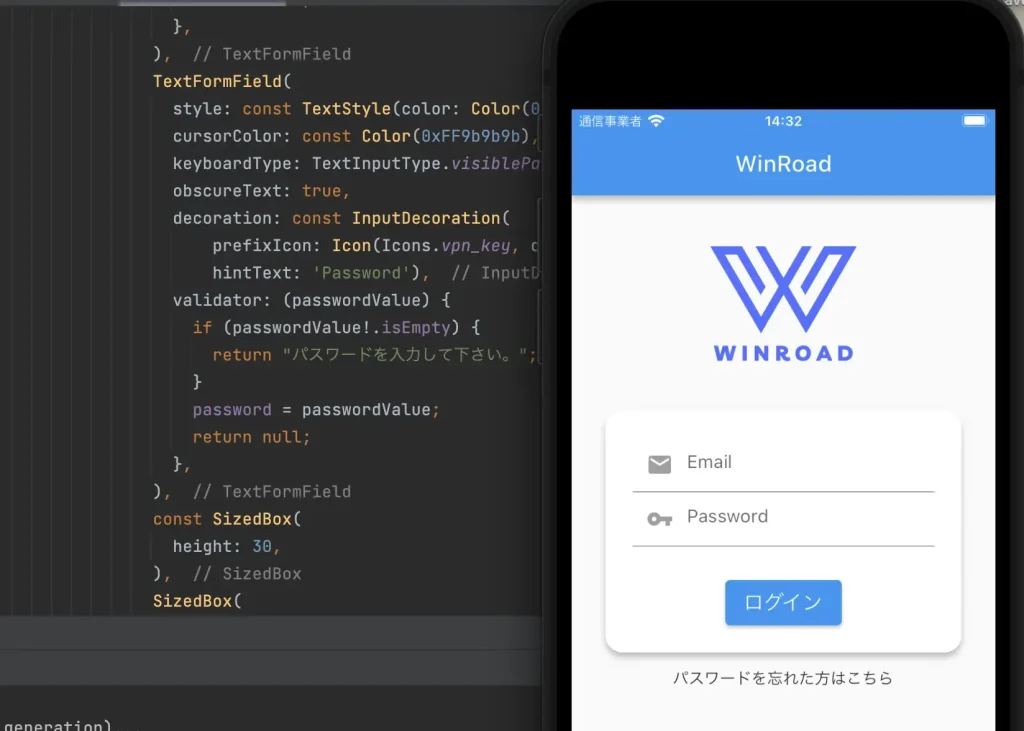
STEP
ログインUIの解説
コードの詳細は、下記を参考にしてください。
- 4行目:LoginPageクラスは、HookConsumerWidgetを継承しています。これはFlutterのRiverpodライブラリによる状態管理機能を使用するためのクラスです。
- 5行目:コンストラクタでは、オプショナルなkeyを受け取り、基底クラスのコンストラクタに渡しています。
- 7〜8行目:emailControllerとpasswordControllerはユーザーの入力を保持するための変数です。
- 10行目:_formKeyはFormウィジェットの状態を管理するためのキーです。
- 13行目:buildメソッドは、ウィジェットのレイアウトを定義します。
- 14行目:Scaffoldは、アプリの基本的なビジュアルレイアウト構造を提供します。
- 15行目:Columnは、子ウィジェットを垂直(縦)に並べるためのウィジェットです。
- 17行目:Paddingは、ウィジェットにパディング(余白)を追加します。
- 19行目:sizedBoxは、特定のサイズを持つボックスを作成し、ここではロゴの画像を表示しています。
- 25行目:Formウィジェットは、フォームの入力を管理します。
- 27行目:Cardウィジェットは、内容をカード形式で表示し、視覚的な区別をつけるために使用されます。
- 38行目、54行目:TextFormFieldは、ユーザーがメールアドレスとパスワードを入力するためのフィールドです。各フィールドには検証ロジックが含まれており、入力が空でないことを確認します。
- 75行目:ElevatedButtonは、ユーザーがフォームを送信するためのボタンです。このボタンはフォームの状態が有効であればアクションを実行します(現在は、アクションは定義されていませんが、あとで、ログイン用のメソッドを定義します)。
STEP
main.dartの修正
最後に、とりあえずトップに上記のログインページが表示されるように、main.dartを下記のように修正しています。
import 'package:flutter/material.dart';
import 'package:hooks_riverpod/hooks_riverpod.dart';
import 'package:win7jp/views/login_page.dart';
void main() {
runApp(const ProviderScope(child: MyApp()));
}
class MyApp extends HookConsumerWidget {
const MyApp({super.key});
@override
Widget build(BuildContext context, WidgetRef ref) {
return MaterialApp(
title: 'Alcomate',
debugShowCheckedModeBanner: false,
theme: ThemeData(
primarySwatch: Colors.blue,
),
home: Scaffold(
appBar: AppBar(
title: const Text('WinRoad'),
),
body: LoginPage(),
),
);
}
}- 3行目:login_pageをインポートしています。
- 24行目:bodyプロパティにLoginPage()ウィジェットを配置しています。
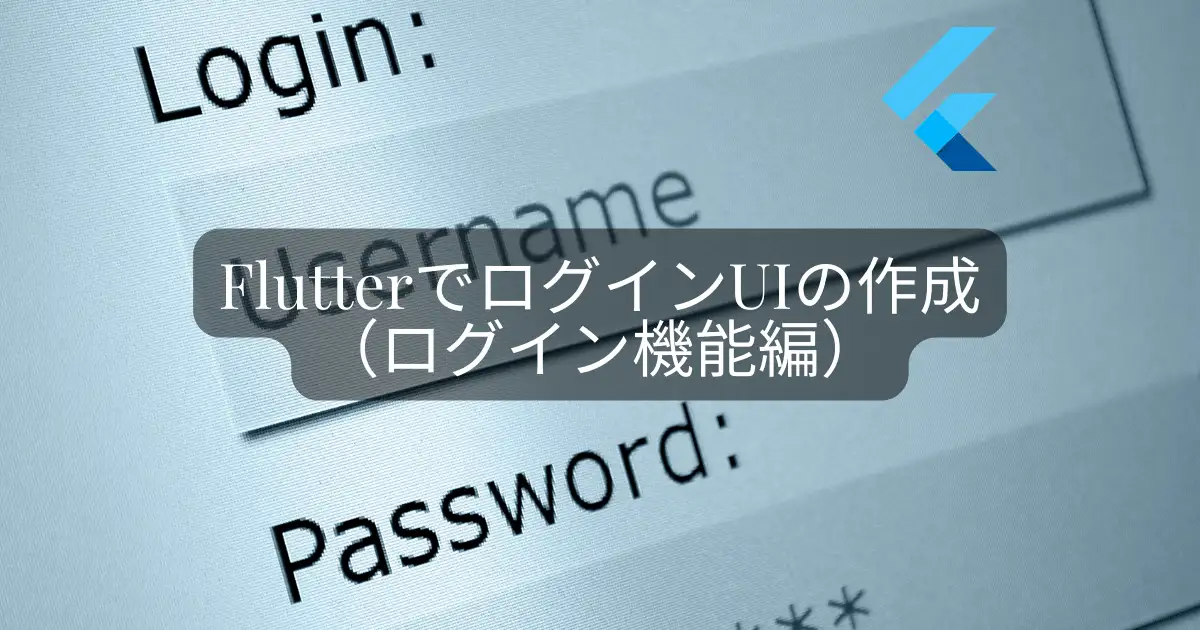

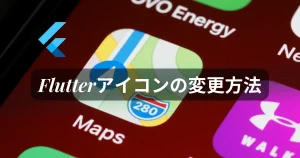
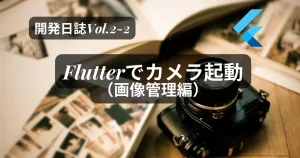
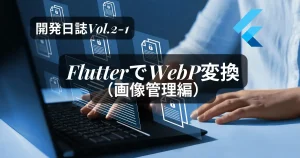
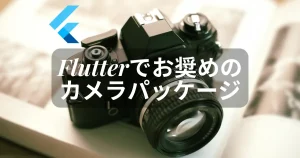
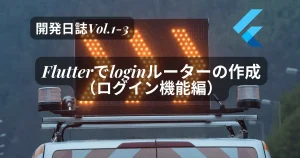
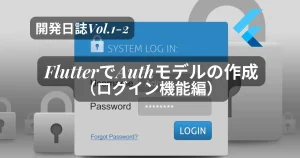
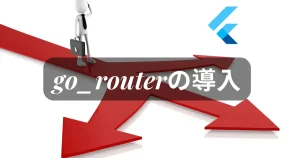
コメント